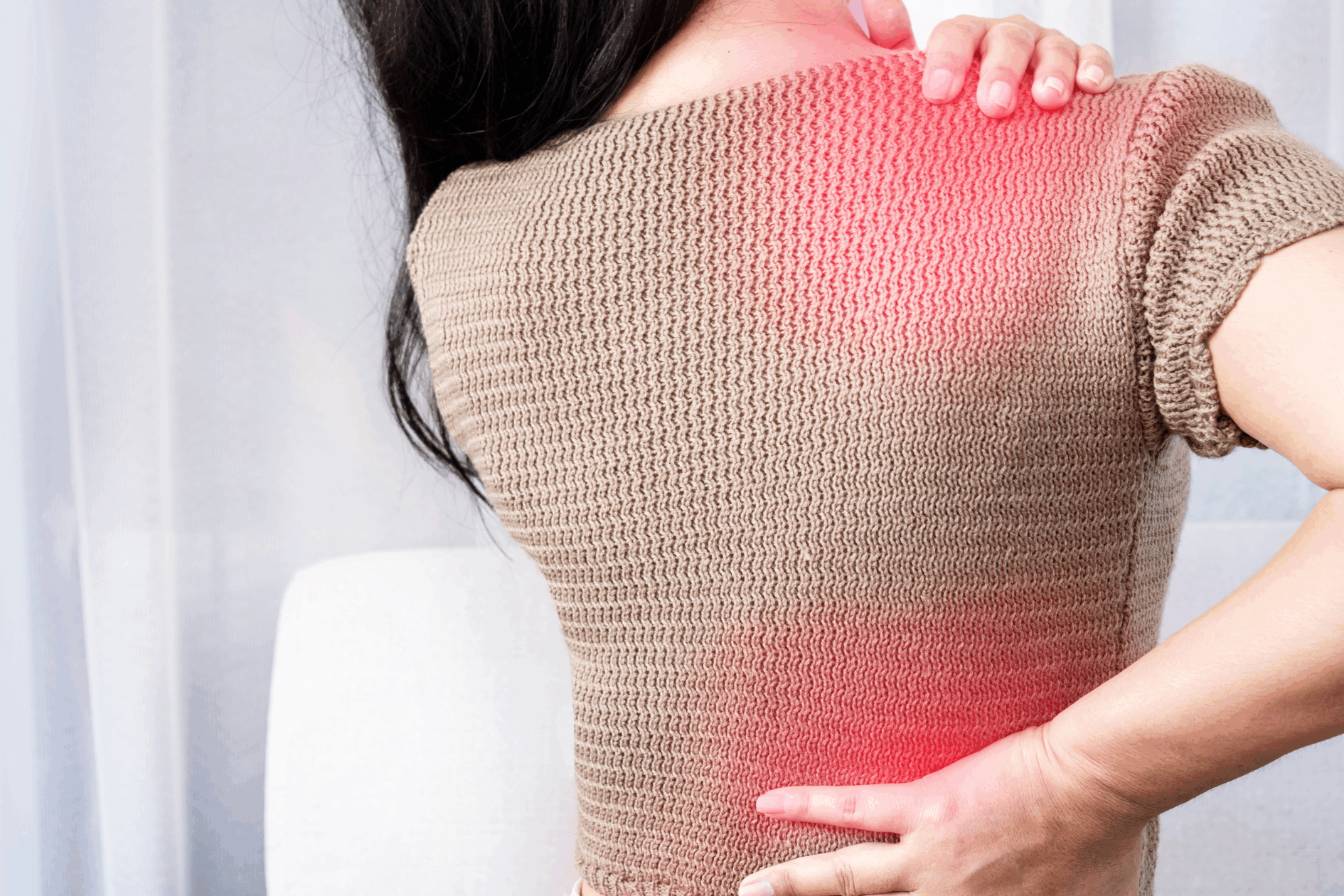When you live with chronic pain, medications are often a necessary part of daily life. But what many people don’t realize is that certain pain medications can make your skin more sensitive to sunlight. Combined with the higher ultraviolet (UV) levels during spring and summer—or in places where sunshine is strong year-round—this can put you at risk for painful sunburns, rashes, or even long-term skin damage.
Understanding how to balance pain management with sun safety is key to protecting your health while still enjoying time outdoors. Let’s break down what you need to know about safe medication use in high UV conditions.
Why Sun Safety Matters with Pain Medication
Some medications used for pain relief—including both prescription and over-the-counter options—can cause photosensitivity, a condition where your skin becomes more vulnerable to UV damage. Even a short amount of sun exposure could lead to redness, blistering, or rashes.
Photosensitivity can happen in two ways:
- Phototoxic reaction: UV rays change the medication in your skin, leading to burns or irritation that look like an exaggerated sunburn.
- Photoallergic reaction: The sun triggers your immune system to react to the drug, causing itchy rashes or bumps.
For someone already managing chronic pain, the last thing you want is another layer of discomfort. That’s why it’s important to know which medications can cause sensitivity and how to protect yourself.
Common Pain Medications That Increase Sun Sensitivity
Not all pain medications cause sun sensitivity, but some common ones do. Always check your prescription labels or ask your provider if you’re unsure. Here are a few to watch out for:
- NSAIDs (Nonsteroidal Anti-Inflammatory Drugs): Ibuprofen, naproxen, and some prescription-strength NSAIDs can cause phototoxic reactions.
- Certain muscle relaxants: Some, like cyclobenzaprine, may increase photosensitivity.
- Opioids: While less common, certain opioids can contribute to sun sensitivity for some patients.
- Topical pain creams or patches: Products that contain diclofenac or other NSAIDs may heighten sensitivity on the applied area.
- Antibiotics used for post-surgical pain care: Medications like doxycycline (sometimes given after orthopedic surgery) can dramatically increase sun sensitivity.
Since everyone responds differently, it’s best to confirm with your physician or pharmacist if your medications carry this risk.
Practical Sun Safety Tips for Pain Patients
Living with chronic pain doesn’t mean you have to stay indoors all summer. By taking a few extra steps, you can protect yourself while managing your pain.
1. Check Your Medication Labels
Look for warnings such as “may cause photosensitivity” or “avoid prolonged sun exposure.” If you’re unsure, ask your healthcare provider.
2. Choose the Right Sunscreen
Use a broad-spectrum sunscreen with SPF 30 or higher, and reapply every two hours (or more often if sweating or swimming). Pay extra attention to areas often missed—tops of feet, ears, and back of the neck.
3. Wear Protective Clothing
Lightweight, long-sleeved shirts, pants, and wide-brimmed hats can shield your skin. Some clothing is designed with UPF (Ultraviolet Protection Factor) for added defense.
4. Time Your Outdoor Activity
The sun is strongest between 10 a.m. and 4 p.m. If possible, plan walks, gardening, or exercise for early morning or late afternoon.
5. Stay Hydrated
Some pain medications can cause dehydration, which increases your sensitivity to heat and sun. Keep a water bottle handy throughout the day.
6. Use Shade Wisely
Umbrellas, canopies, and trees can give you a break from direct exposure. Combine shade with sunscreen for the best protection.
7. Monitor Your Skin
Pay attention to early signs of a reaction—redness, tingling, or rashes. If you notice unusual symptoms, move indoors and seek medical advice.
When to Talk to Your Doctor
If you find your pain medication is making outdoor activities difficult, don’t stop taking it on your own. Instead, talk with your doctor. They may:
- Adjust your dosage
- Switch you to a medication with less risk of photosensitivity
- Recommend additional protective strategies
Always weigh the risks and benefits—controlling your pain effectively is just as important as staying sun safe.
Balancing Pain Relief and Sun Enjoyment
You shouldn’t feel like you have to choose between managing your pain and enjoying life outdoors. With the right precautions, you can stay active, protect your skin, and maintain your quality of life.
By being aware of medication-related sun sensitivity and adopting smart sun safety habits, you’ll be better equipped to handle both your pain management needs and the challenges of high UV exposure.
Final Takeaway
Sun safety isn’t just about preventing sunburn—it’s about ensuring your medications work effectively and your pain management stays on track. With careful planning, protective habits, and open communication with your healthcare team, you can enjoy the sunshine without unnecessary setbacks.
Related Posts
How Facet Joint Injections Help Relieve Back and Neck Pain
If you’ve been living with chronic back or neck pain, you know how much it can limit your daily activities—from sitting…
Effective Solutions for Lumbar Spinal Stenosis
Lumbar spinal stenosis is a condition that occurs when the spinal canal in the lower back (lumbar region) narrows,…



